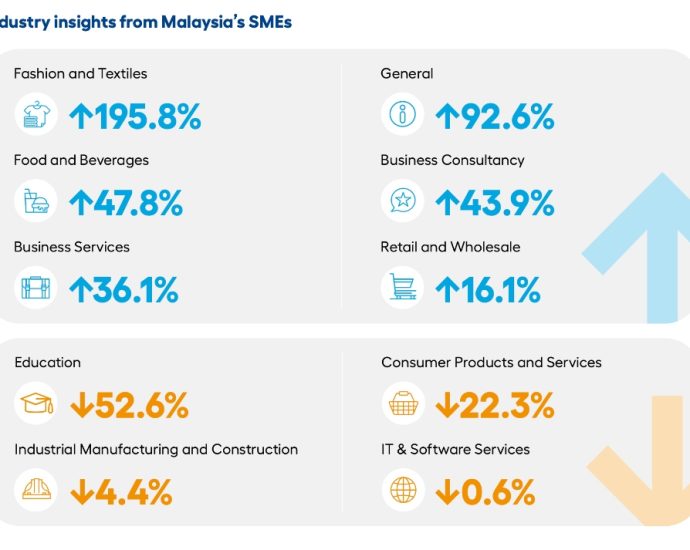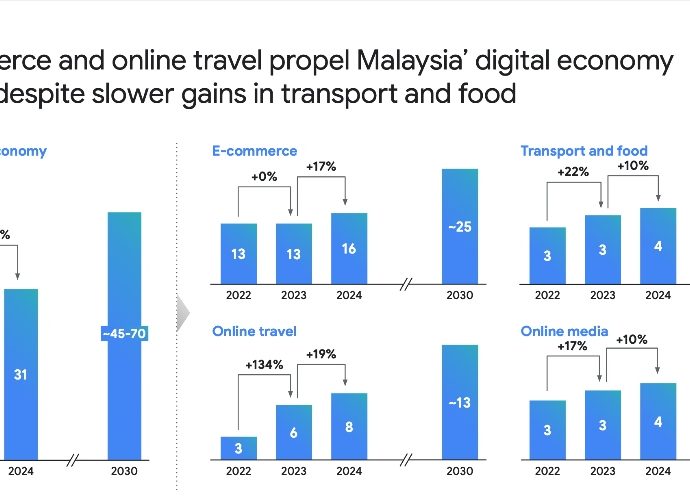CelcomDigi appoints Dennis Chia as chief financial officer
- Brings over 30 years of financial leadership experience to the role
- Previously served as the CFO of StarHub in Singapore for nearly a decade

CelcomDigi Berhad has announced the appointment of Dennis Chia (pic) as its new chief financial officer (CFO). Chia will assume his position on 2 January 2025.
Chia previously served as chief financial officer at StarHub in Singapore for nearly a decade until September 2024. Before StarHub, he held various CFO and finance leadership roles across major industries, including information technology, semiconductors, automotive, and oil and gas. His past roles include senior vice president and CFO at STATS ChiPAC Worldwide and vice president of finance at Lear Corporation.
With over 30 years of experience as a finance leader, Chia is a Certified Public Accountant. He holds an accounting degree from Nanyang Technological University in Singapore and an MBA in marketing and finance from the University of Hull in England.
Chia will succeed current CFO Lucy Tan, who departs CelcomDigi at the end of her contract. Tan has been a key part of CelcomDigi’s management team since the merger in December 2022. As CFO, she strengthened the company’s growth and operational efficiency focus and led key finance transformation initiatives, establishing a strong foundation for future performance.






.jpg)












.jpg)

 Meanwhile, Farhan Qureshi ( pic ), country director for Google Malaysia said:” We have been seeing a consistent strong growth of Malaysia’s digital economy and this year is another strong testament of the potential of Malaysia’s digital economy. With the region’s focus on AI, it’s encouraging to see the country’s leaders are putting AI and semiconductors in the country’s priority list”.
Meanwhile, Farhan Qureshi ( pic ), country director for Google Malaysia said:” We have been seeing a consistent strong growth of Malaysia’s digital economy and this year is another strong testament of the potential of Malaysia’s digital economy. With the region’s focus on AI, it’s encouraging to see the country’s leaders are putting AI and semiconductors in the country’s priority list”.